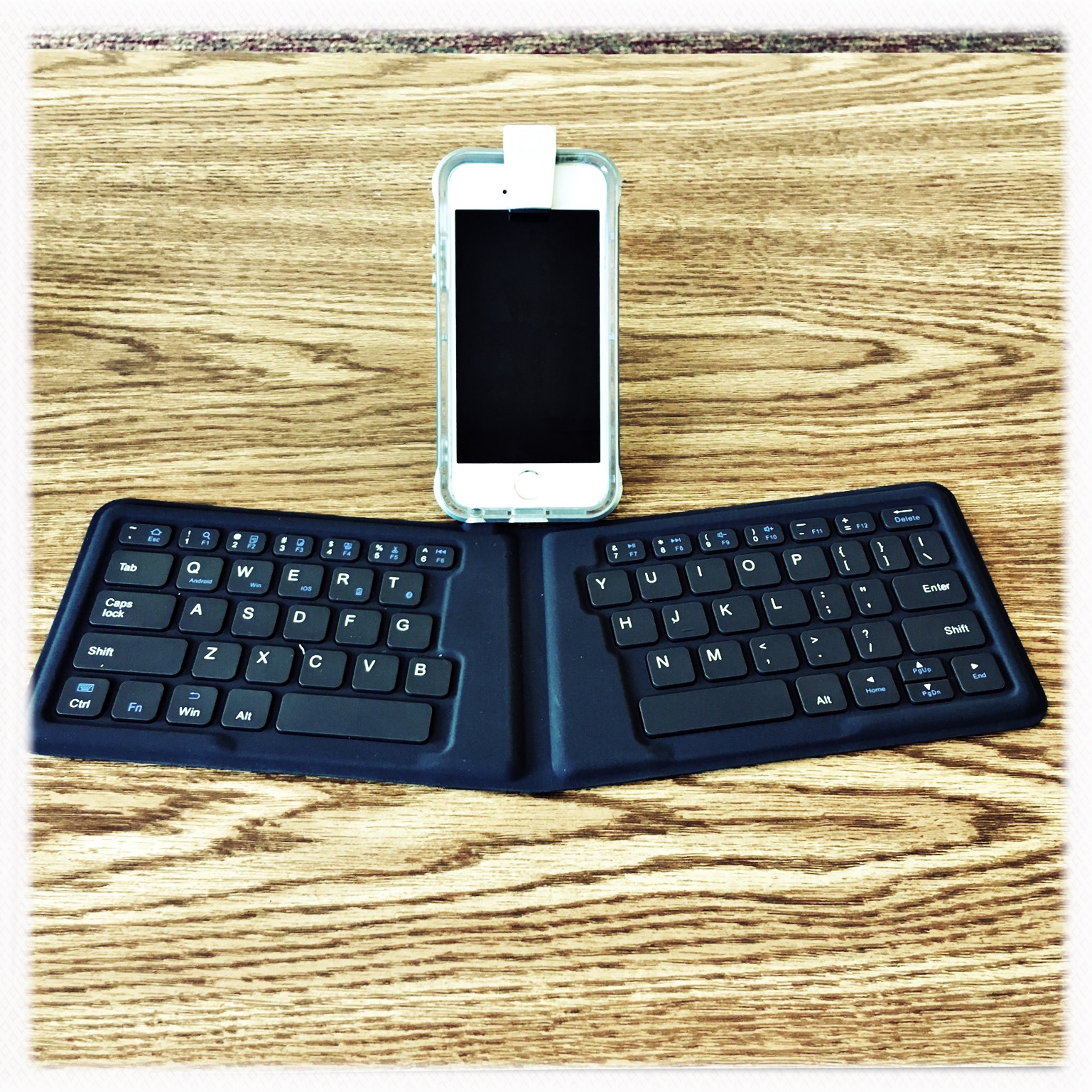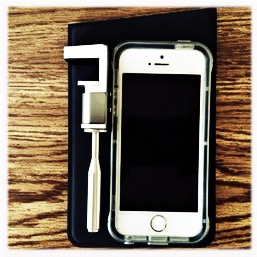Our smart phones have become an extension of our lives. I was using mine the other day, typing away at a chapter on a story and took a moment to think how great this thing really is.
So a nerd love letter from me to my phone.
Communication
The first part is easy, and it should be. Above all other things, we use these devices to communicate. The phone part, sure. Text messaging, Facebook, Twitter, Instagram, you name it, there is an app, and we chat… All of us. Inherently I think this is the primary function, and use, of our phones: Talking to other humans.
We love it. And rightly fully so. I can be sitting in a museum in Ottawa and show a picture to my mother who is on vacation in Denver in an instant.
With our phones we are now close, even when we are not.
Camera
This one turns out to be a section on its own. Adding cameras to cell phones wasn’t an obvious thing when it first happened. They were small, took bad pictures, and you couldn’t really do much with them.
Now?
Yes, I have a DLSR and a few nice lenses. I have a few old film cameras and love taking them out.
But my primary camera is my phone. It is an older phone, and yet still takes amazing shots. Coupled with the fact that it is always with me, and it is easily my number 1 camera.
Add in all the effects apps such as Hipstamatic (my personal go-to) and editing is also possible on my phone.

Writing
I recently got a Bluetooth keyboard for my phone. I have a Logitech one that is fantastic, BUT it doesn’t travel well because of its size. So I use it with my phone, but only in certain places.
I wanted one that could go more with me, and so I ended up grabbing an iClever one that folds up, and has a little ergonomic angle too it (my keyboard of choice will always be the Microsoft Natural…)

This paired with a mini stand to hold the phone at an angle, and suddenly I have the hardware combination that turns my phone into something very useful for on the go writing.
I have Byword on my phone, something I’ve raved about before. Also Scrivener as well, which is pretty powerful in its phone edition. DayOne (for now at least, grr subscription fees) for my journals. Notes for… Uh, notes. Evernote as well. Even Pages / Word / Google Docs.
All in a little package that folds up, comes apart and fits in my pocket.

Art
I’m not good at this part, but still I love it. I have a few drawing apps on my phone, mostly Sketchbook is the one I use, but Paper and Sketches Pro are also great.
I can doodle away, anywhere, and make some neat things. I’ve seen what people with actual drawing skill can do on these little apps and it is amazing.
I have worked on book covers on my phone before, using Pixelmator to edit some files on the go.
And More…
Duolingo to learn Spanish. Buddify to practice meditation. Amazon to buy things. Podcast apps, Scanner Pro which will let you scan in documents by taking picture of them. Spreadsheet apps. Libib which I used to categorize my books. Run keeper and MyFitnessPal to help with my body.
My phone is my main source of music these days. Purchased, streaming, ripped from CD and synced over.
Ebooks from many sources for reading on the go.
And of course the Internet itself, in my hand for whatever new need pops up.
News, weather, reminders, grocery lists, calendar, all there.
Why did you write this?
Other than an excuse to use my new keyboard? (That’s right, composing this on Byword on my phone.)
I have friends in all kinds of places, doing all kinds of things.
A reminder of the versatility of the tool that someone already has can be a good thing. As someone whose first computer when he was a kid was a Mac Classic, I can say the power available to us in our phones is amazing.
Just from a publishing standpoint, I could write a book, edit a book, make the cover using pictures I took, produce a PDF and ePub file of that book, ALL on my phone.
And yes, specialized tools will always be better, but not all of us have those, nor can afford them. And it isn’t “making do” if it works. If it is working, then we are working.